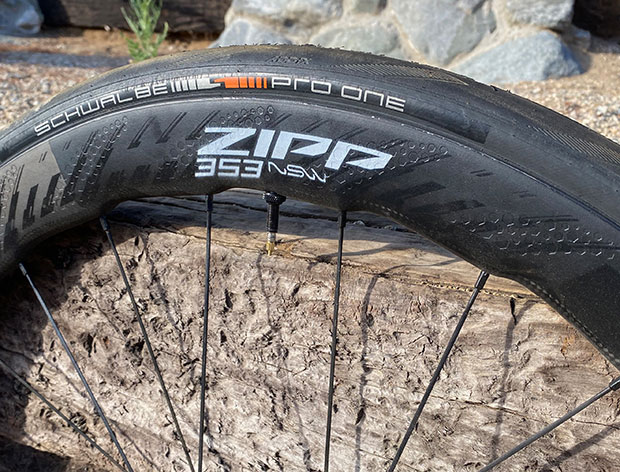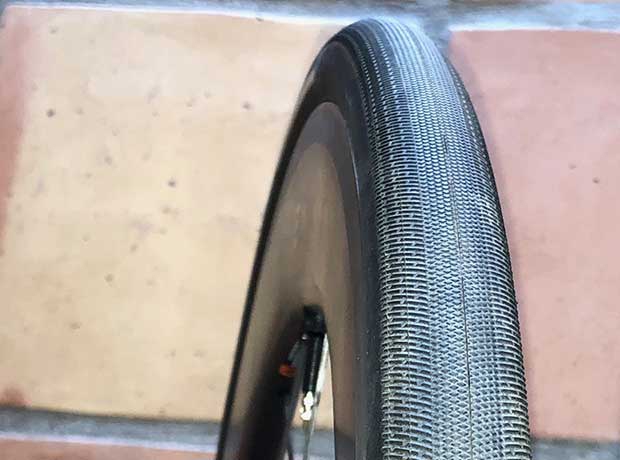Hi KTM 250,
The 303 S is designed to be ridden with tubes or tubeless, but the caveat is that tubeless tires must be used. Tubeless tires have a stiffer bead, and tighter tolerances on fit, this guarantees the tire will stay on the hookless wheel. Tubes are absolutely usable if and only if you use them with a tubeless tire.
I hope this clears up your confusion.
best
Nathan
Zipp product manager.
Looking for new wheels for a road build and found these after some research:
https://www.probikekit.com/...l?variation=12509799
https://mybikeshop.com/...incher-wheelset.html
Why do they call these wheels “clinchers”? They are hookless and therefore for tubeless. What did I miss? I still like a wheel that has the option to run clinchers or tubeless so has the “hook” or ridge. I do not need help finding this option, just wanted to get input on why Zipp calls these clinchers instead of Zipp 303 S for Tubeless or something to that effect.
Sorry if this has been covered.
Thx!
Thanks everyone. I understand it better now, but it is still a bit messy when coming at it from both sides of the equation (wheels & tires) and naming convention used by the makers.
Nathan,
As a PM I am sure you know your stuff, but this is what Zipp has on spec for this wheelset with regards to running tubes:
Note: The new Zipp 303 S are designed to be run as Tubeless. Zipp recommends to run tubes in emergency situation only.
Does not give me a warm fuzzy about it doing it. Is this statement from lack of testing or being conservative…?
you can have your fuzzy if you want it. this is a tubeless system, and it isn’t simply a case of running tubeless tires, it’s running tubeless tires that meet the ETRTO spec for hookless. and… in running the tires at a minimum given width. that rim has an inner bead width of 23mm, so, your tire needs to be 25mm or larger. (frankly, i think it’s kind of silly to run anything less than a 28mm tire on that wheel.)
this is my writeup of the new 303 series, from about 2yr ago when they first came out.
here’s subsequent wheels zipp made using this hookless motif.
i wrote about pressures for these new wheels here.
here’s the intro article to tire compatibility for these wheels.
here is the global hookless tire/wheel compatibility chart we publish.
here is zipp’s compatibility chart for its wheels, which should match what we publish, tho i omit wheels that i don’t think you guys are likely to ride.
for road i now ride exclusively hookless, and the two wheelsets i’m riding now are made by zipp and cadex. i don’t have a problem finding tires i like, and i have a sneaking suspicion something major may get intro’d in the next couple of months.
knock on wood, in the 2 years i’ve been riding hookless, several thousand miles, i’ve had to have a flat.

